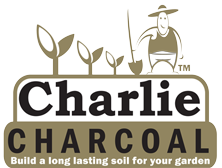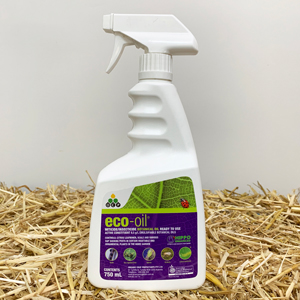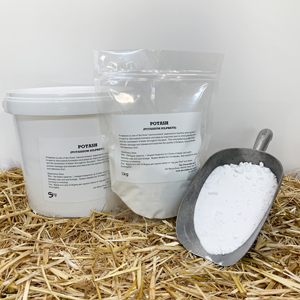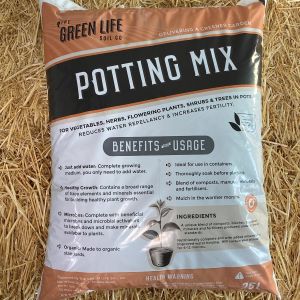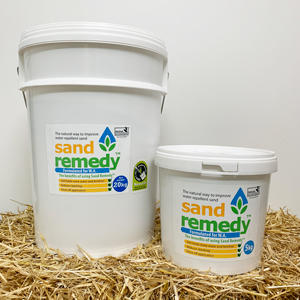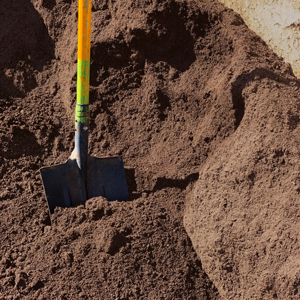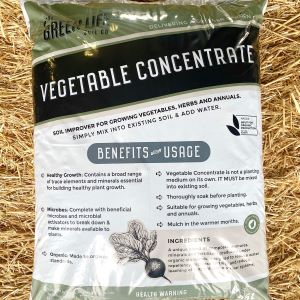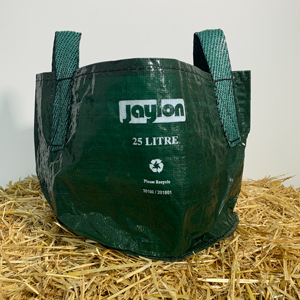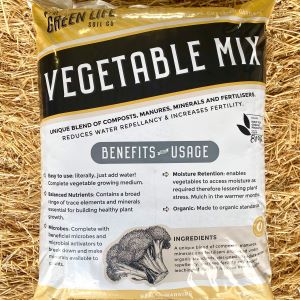| item(s), Total: $0.00 View Cart |
| Shopping cart is empty. |
Citrus Fruit

Originating from the tropics of South East Asia, citrus were introduced into the Middle East by at least 500BC and spread further into Europe with the expansion of the Roman Empire. Records show that oranges, lemons and limes arrived in Australia with the first fleet in 1788.
Citrus plants are always a popular choice in home gardens. Most home gardens have room for one or two citrus trees. Dwarf cultivars are available that can even be grown in large pots. (Ideally, nothing smaller than 100L and up to 200L is advisable.)
Originating from warmer climates, various citrus are remarkably adapted to a range of climatic conditions. Citrus trees can tolerate high temperatures well into the 40’s, and some can survive down to a few degrees below zero. It is important to provide frost protection for young trees, and to consider the microclimate in your back yard to optimise the growth and fruit yield. Generally a warm position in full sun is ideal. The optimal temperature for growing citrus is between 25 and 30°c, with growth stopping completely at 38°c and 13°c.*
Yellowing of foliage in winter and into early spring is a common problem. This “Winter Chlorosis” signals a nutritional deficiency, however it is usually a result of cold temperatures and a reduction in active soil biology that cause the problem. The required nutrients may well be available in the soil, but the plant is not able to take them up efficiently. (It is almost like their metabolism slows down and poor circulation is a result!!) Usually as the weather warms up, this problem naturally goes away. However, if you are particularly concerned, a tonic of fish hydrolysate, or fish emulsion and seaweed fertilisers will help stimulate the soil biology. Also worm juice and weed or manure teas can be used. These liquid feeds can be applied both to the foliage and to the soil on a fortnightly basis or until improvement is seen.
Citrus have few other pest and disease issues. Scale, aphids, leafminer. mealy bugs and crusader beetles can be other problems, but all these are easily treated with white oil, neem oil or soap sprays – all organic options. Healthy trees grown in full sun seem much less susceptible.
Fruit fly can be another problem for many growers – it does require management but if you persevere you can gain the upper hand. (See separate fact sheet on fruit fly management)
Citrus trees are relatively hungry feeders, and benefit from quarterly applications of manure and compost, and a light application of rock dust twice a year. Usually they are fed in the main growing seasons of spring and autumn. If using manures and other organic fertilisers (which tend to be slow release) apply in late winter to enable the nutrients to break down and be available when needed - once spring arrives. Feeding little and often is usually the best way to go to keep available nutrient levels high and avoid excessive leaching.
Sulphate of potash is recommended to encourage fruiting and flowering. Nitrogen (found in manure and blood and bone) will encourage healthy leaf growth, but too much late in the season (when trees are bearing reasonably mature fruit) can encourage thick skin and dry fruit.
Citrus do best in sandy or loamy soils – they do require reasonable drainage. If you have heavy clay soils, either plant them in mounds or consider the above ground, container option. Soils should be neutral to slightly acidic. Alkaline soils can be problematic and result in stunted, yellowed growth. Epsom salts (Magnesium sulphate) or Iron Sulphate may be useful in correcting this, but it is a good idea to conduct a pH test to see whether this is the cause of nutrient imbalance.
Salt laden winds can also cause growth problems – provide shelter if you are near the coast.
Citrus are relatively slow growing, and will take at least 3 – 4 years before bearing fruit. It is usually a good idea to remove fruit from very young trees so energy is concentrated on growth
A deep watering twice a week over summer is all that’s needed, and a woody mulch to conserve water and keep competing weeds at bay is also recommended. Once the tree is bearing, remember too much or infrequent watering can result in split fruit, and too little water can result in dry fruit, or fruit drop if the plant becomes too stressed.
As most trees are grafted onto a rootstock, it is a good idea to identify the graft point and make sure any shoots from below the graft are routinely removed, as these will not bear the citrus you are growing, and these shoots will take energy away from the growth you are looking for.
Citrus and self-fertile, so you don’t need more than one tree to get fruit.
Older trees can be pruned to shape, or to rejuvenate them, however don’t expect much fruit the first season after heavy pruning.
Some varieties of citrus bear fruit more heavily every second year, with a ‘lean’ year in between.
* Ref: “The Complete Book of Fruit Growing in Australia” by Louis Glowinski. Lothian Press. (This book is an excellent reference and is highly recommended!)
Resources for Growing Organic Veggies & Herbs:
| item(s), Total: $0.00 View Cart |
| Shopping cart is empty. |

